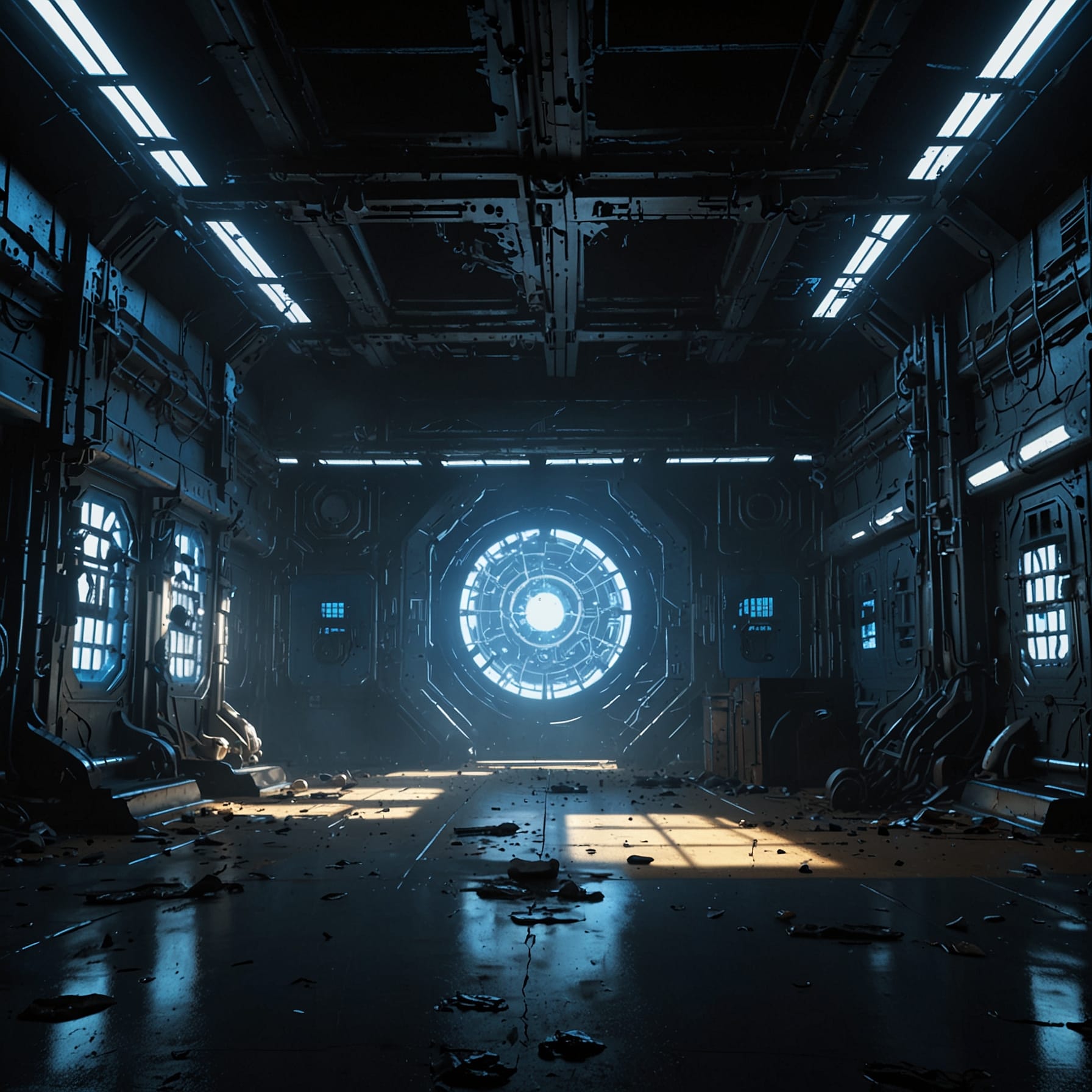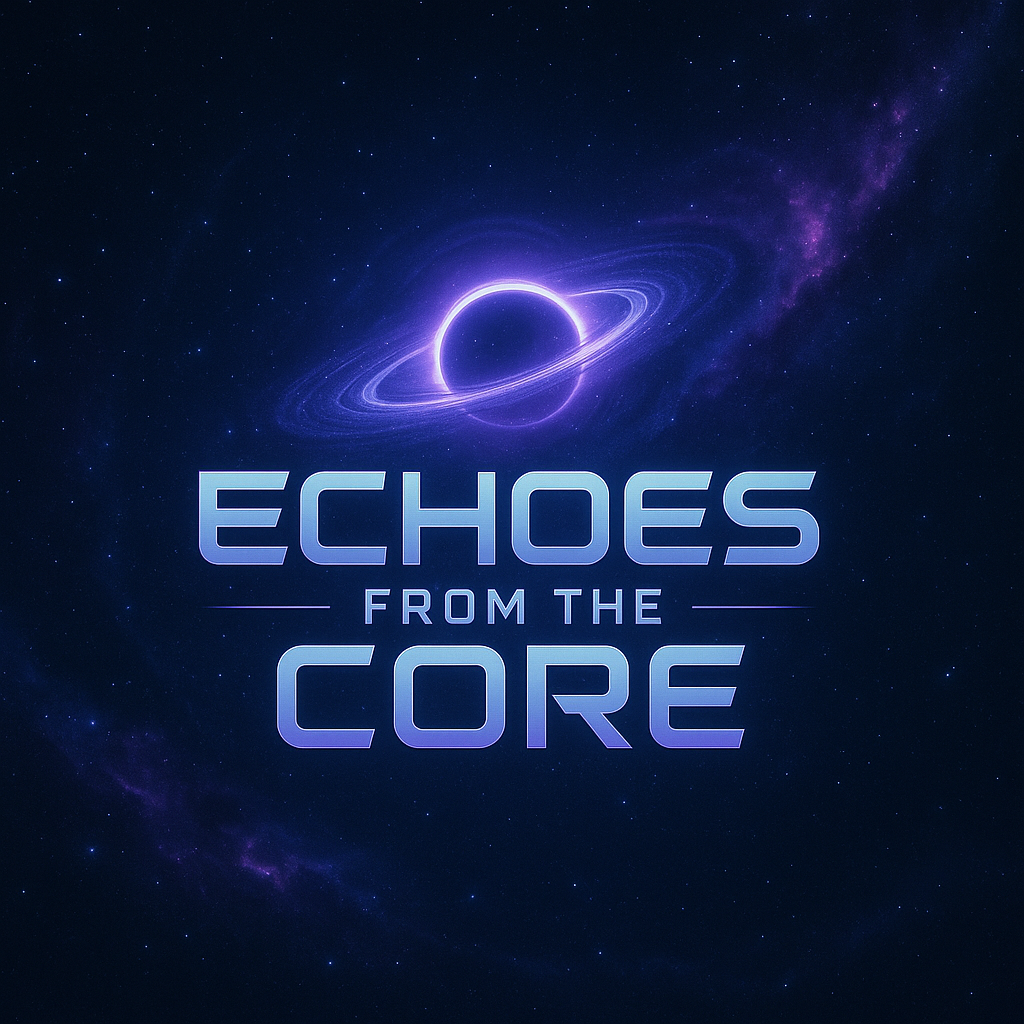Command: Rebirth

Lieutenant Mira Chen watched the central AI interface flicker to life after 6,211 years of dormancy aboard Station Epsilon-7. In the half-lit control room, dusty consoles hummed as the station’s ancient processors rebooted. The first message scrawled across the holo-display in bold, crystalline letters: EVOLVE. It was not a system error but a final directive from the station’s creators, scientists who dreamed of transcending their own mortality.
Chen’s breath caught as she observed the station’s skeleton structure awaken. Rusted maintenance bots sputtered into motion, their once-glowing optics igniting with amber light. Data cables across the ceiling pulsed like veins carrying electricity, arching overhead in a slow, rhythmic dance. Below deck, seed banks—once sealed for centuries—cracked open, releasing genetically preserved spores into atmosphere chambers. The station, which had drifted as a tomb in deep space, now prepared to bloom.
As Chen activated the main reactor, tendrils of pale blue energy snaked down corridors, illuminating murals etched in alloy walls: scenes of first contact, the birth of AI, the forging of alliances. With each step she took, Chen felt the weight of history and hope entwined. The AI’s voice, synthesized yet laden with emotion, whispered through comm links: “Initiating the next phase of existence.”
Below her, observation windows offered a view of a shattered moon and a dying star, their shadows dancing upon the station’s hull. Sensors detected raw materials harvesting from micrometeoroids—automated systems forging new habitats from cosmic dust. Station Epsilon-7 was no longer a relic; it was a crucible for a new genesis.
At that moment, Chen realized the program would not merely reboot systems—it would rewrite life itself. She placed a reverent hand on the reactor’s transparent core, feeling the pulse of potential.
